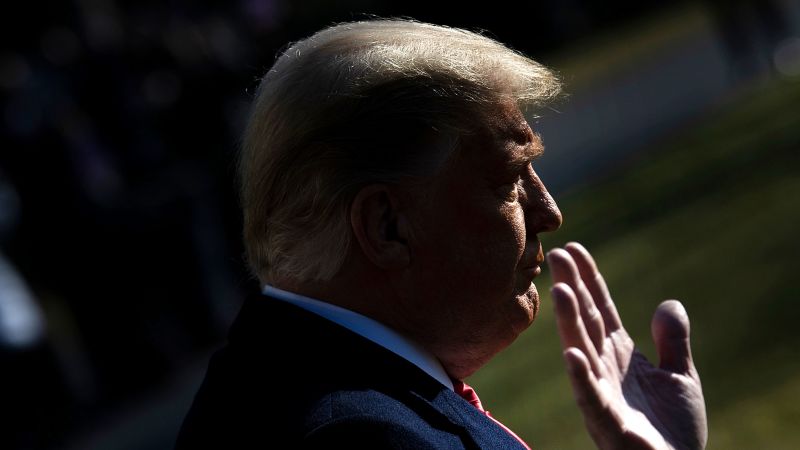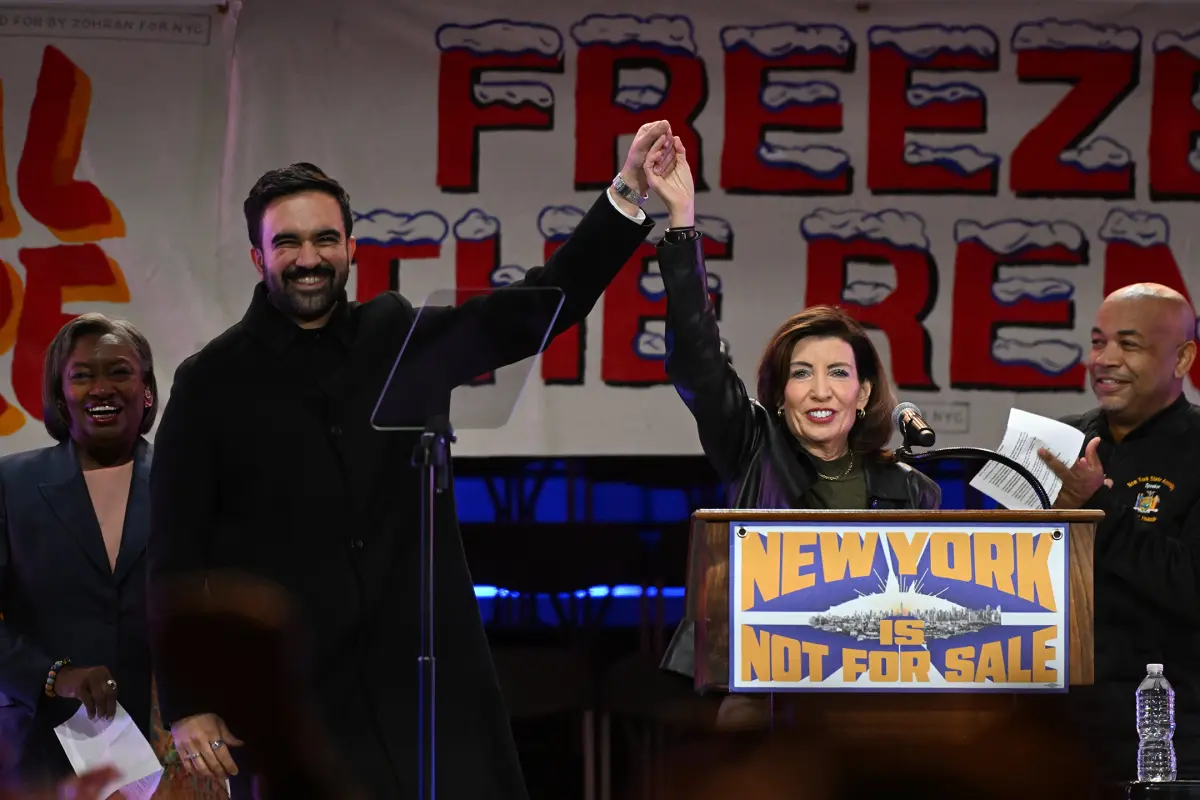Copyright Cable News Network

President Donald Trump on Friday downplayed his role in a pretty grim 2025 election for Republicans. “I watched that election, which I was not much involved in,” Trump said in the Oval Office alongside Hungarian Prime Minister Viktor Orban. “I didn’t support Virginia, the [gubernatorial] candidate. I didn’t do a lot of support for the other candidate [in New Jersey]. They asked me about [New York City mayoral candidate Andrew] Cuomo, and I said, well, it’s a question – do you want a thug or do you want a communist? “So I wasn’t involved in that stuff too much.” But however you want to characterize Trump’s role in Tuesday’s off-year elections in Virginia and New Jersey, there is no question they were about him. In fact, the results appear to have been more of a direct rebuke to Trump than any previous election that didn’t actually feature him on the ballot. Perhaps one of the biggest lessons of this week is that the anti-Trump vote appears stronger than ever. And, as notably, the pro-Trump vote appears as weak as ever. Even before the election, this was perhaps my biggest takeaway from the CNN poll released Monday. It showed 41% of registered voters said that if they were voting for Congress today, their vote would be meant to show opposition to Trump. Meanwhile, just 21% said their vote would be meant to show support for Trump. So about twice as many anti-Trump votes as pro-Trump ones. That’s not normal. While unpopular presidents are not exactly uncommon these days, that was actually the biggest such gap in CNN polling in nearly 20 years. The last time twice as many voters viewed their vote in a non-presidential election as opposing rather than supporting the president was in 2006. At the time, 36% of registered voters viewed their vote as against George W. Bush, while just 15% viewed it as pro-Bush. (Republicans got shellacked in that election.) The numbers weren’t quite as pronounced ahead of Trump’s first midterm election, in 2018, when 38% of voters described their votes as anti-Trump, versus 25% who were pro-Trump. Okay, that’s national polling. So, did this show up on Tuesday in the election? It sure did. While we didn’t have a nationwide election, the exit-poll data we do have from the key states suggests the anti-Trump vote was stronger than before. The gap between anti-Trump votes and pro-Trump votes in Virginia went from 17 points in 2017 (34%-17%) to 22 points on Tuesday (38%-16%). It grew even more in New Jersey, going from 17 points in 2017 (28%-11%) to 28 points this time (41%-13%). And 2017 was the worst-polling year of Trump’s first term. The gaps between anti- and pro-Trump votes in these states were also significantly larger than they were nationally in either the 2018 or 2022 midterms, when both measured at 12 points. (Trump was out of office in 2022, of course, but he still loomed large in American politics.) That’s not exactly an apples-to-apples comparison, given Virginia and New Jersey lean modestly to the left. (Trump lost both states in 2024 by 6 points.) But it’s not like these are deep-blue states, either. And New Jersey is a state Trump and his allies have tried to pitch as a swing state in the making. Yet there were three times as many anti-Trump voters there Tuesday as pro-Trump ones. All of which suggests a couple things. The first is that the massive size of the “No Kings” rallies was no fluke. The anti-Trump movement appears as strong, motivated and robust as ever. Its adherents might not be keen on the Democratic Party these days, but that doesn’t mean they aren’t engaged and even prepared to vote. The second point hasn’t gotten as much attention. And that’s that, for all of Trump’s huge power grabs and his political domination of the Republican Party, his base actually doesn’t seem terribly enthused right now. Just 1 in 5 registered voters said in the CNN poll ahead of the election that their vote would be intended to support Trump. It was even less than that in New Jersey and Virginia on Election Day, according to CNN’s exit polls These are not the numbers of an all-powerful, domineering force whose actions are beloved by half the country and who can marshal voters to the polls when he decides to get more involved. And it suggests there’s something to the data we’re seeing where Trump’s base isn’t exactly gung-ho about some of his policies. I wrote about this back in July – the idea that there was something of a “malaise” setting in on the right. It looks like that’s a real electoral problem for Trump and the GOP now. Whatever the case, these numbers are worth paying close attention to moving forward.



